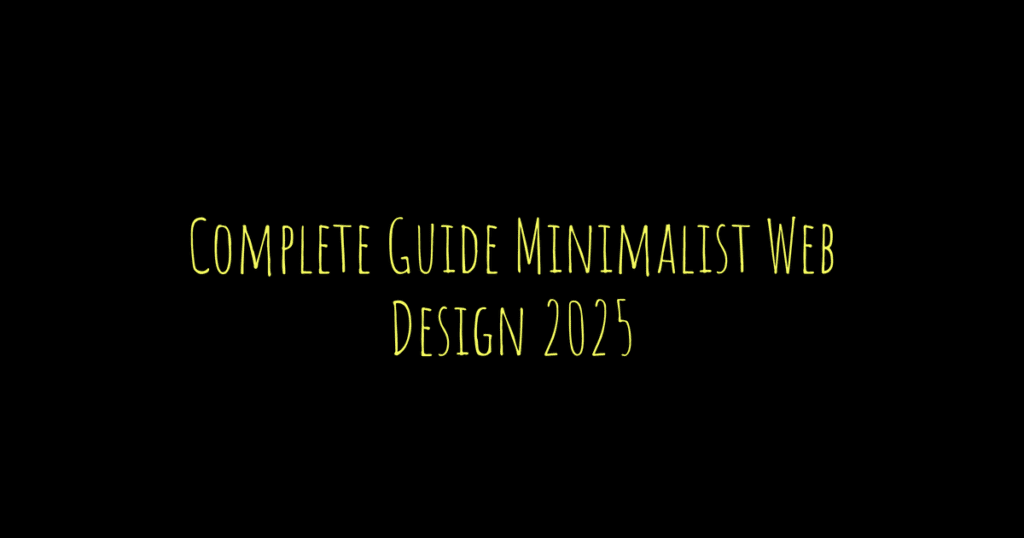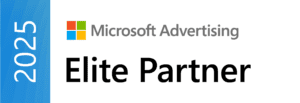Table of Contents
- Core Principles of Minimalist Web Design in 2025
- Design Trends and Techniques to Watch in 2025
- User Experience Factors in Minimalist Design
- Technology Tools Driving Minimalist Design
- Best Practices for Implementing Minimalist Web Design
- Challenges in Balancing Minimalism and Functionality
- Inspiring Examples and Future Directions for 2025
- Frequently Asked Questions
Minimalist web design in 2025 focuses on simplicity by cutting out any unnecessary clutter, making websites easier to use and understand. Designers prioritize content that truly matters and create plenty of whitespace to let important features stand out. Limited color palettes with good contrast help improve accessibility, while bold typography acts as a key visual element. Trends like neumorphism add soft shadows for a tactile feel without sacrificing the minimal look, and dynamic micro-interactions keep things engaging but subtle. Fast loading times, clear navigation, and mobile-first responsiveness remain essential to user experience. Tools like CSS Grid, variable fonts, and AI-assisted design also play an increasing role in crafting efficient minimalist sites that balance style with function.
Core Principles of Minimalist Web Design in 2025
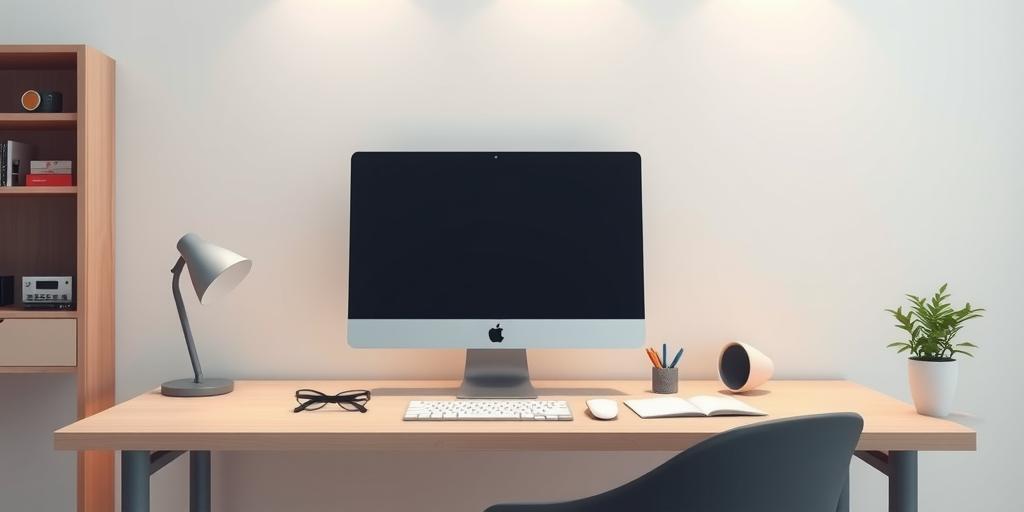
Minimalist web design in 2025 is centered on simplicity, where clutter and non-essential elements are removed to create clear and focused experiences. Every piece of content and design element must have a well-defined purpose, avoiding distractions and guiding users naturally through the site. Strategic use of whitespace is crucial: it separates content, enhances readability, and creates a breathable layout that prevents visual fatigue. Color palettes are intentionally limited, favoring high contrast combinations to support both visual hierarchy and accessibility standards. Typography plays a vital role, bold, clean fonts, often variable fonts, provide flexibility and serve as strong visual anchors. Functional minimalism means that while the design is stripped down, usability and accessibility are never compromised; the site should remain intuitive and easy to navigate. Consistent alignment and spacing contribute to a balanced, harmonious feel, reinforcing the minimalist ethos. Decorative elements are avoided unless they add direct value to user interaction. The goal is to design interfaces that feel open and inviting, allowing users to quickly grasp and engage with the core message without unnecessary noise.
| Principle | Description |
|---|---|
| Simplicity Over Complexity | Focus strictly on removing clutter and non-essential items to improve clarity. |
| Purposeful Content | Ensure every design element and content piece has a clear purpose to avoid distractions. |
| Whitespace and Breathing Room | Use whitespace strategically to separate content, enhancing readability and focus. |
| Limited Color Palettes | Apply restrained, harmonious color schemes with emphasis on contrast for accessibility. |
| Typography as a Visual Element | Utilize bold, clean typography with variable fonts and dynamic scaling. |
| Functional Minimalism | Design minimalist interfaces without sacrificing usability or accessibility. |
| Content Prioritization | Prioritize content so users quickly engage with the core message. |
| Consistent Alignment and Spacing | Maintain uniform spacing and alignment to create balanced layouts. |
| Avoid Unnecessary Decoration | Exclude decorative elements that don’t add direct value. |
| Open and Breathable Interfaces | Create designs that prevent user fatigue through visual simplicity. |
Design Trends and Techniques to Watch in 2025
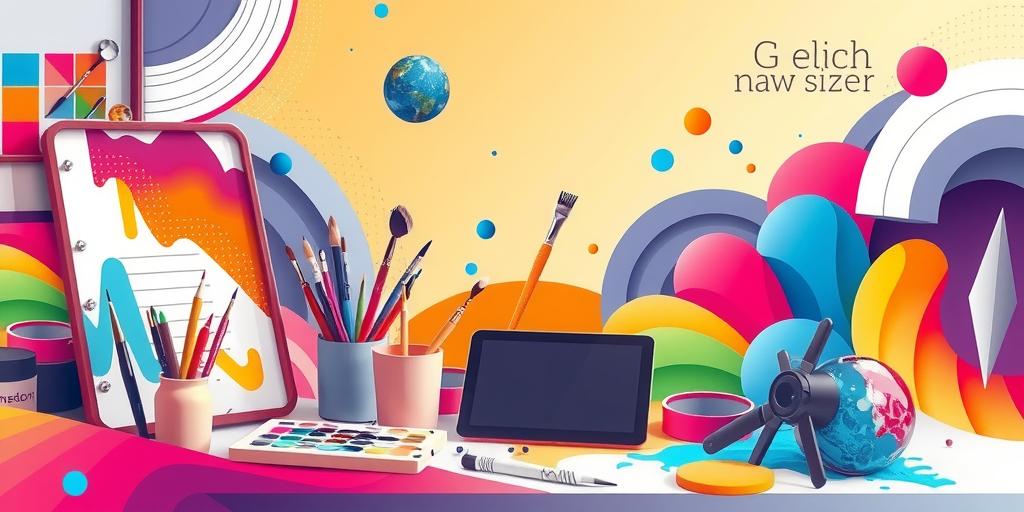
In 2025, minimalist web design is evolving with fresh trends that add subtle depth and engagement without cluttering the interface. Neumorphism, or soft UI, is gaining traction by blending gentle shadows and layering to create tactile elements that feel both modern and approachable. This technique offers a fresh way to maintain minimalism while giving users a sense of physical interaction. Another key trend is dynamic minimalism, which uses smooth micro-interactions and animations to engage users quietly and effectively. These transitions enhance the flow of a page without overwhelming the clean layout.
Supporting both dark mode and theme switching natively is becoming essential, as users expect seamless toggling between light and dark environments. Designs optimized for both provide versatility and comfort while maintaining minimalist aesthetics. Asymmetrical layouts and grid breaks also add visual interest by breaking away from rigid structures, offering a more dynamic feel while keeping the overall design uncluttered.
Typography remains central, with oversized, bold fonts used to quickly communicate key messages and establish clear content hierarchy. Paired with minimalist vector illustrations and icons, featuring simple lines and shapes, this approach ensures clarity and sharpness across devices. Layered minimalism, where elements overlap subtly, adds depth without creating complexity, helping to craft a more immersive experience.
Smooth transitions and animations continue to play a role but are designed to be unobtrusive, enhancing user interaction without distraction. Combining minimal imagery with immersive typography allows for powerful visual storytelling that captures attention with fewer elements. Finally, the rise of voice user interfaces introduces new interaction modes that rely on minimal visual cues, expanding accessibility and user engagement while staying true to minimalist principles.
- Adopt neumorphism to blend subtle shadows and layering for tactile yet minimalist interfaces.
- Incorporate dynamic minimalism by using smooth micro-interactions that add engagement without clutter.
- Support dark mode and theme switching natively, ensuring design works well in both light and dark.
- Experiment with asymmetrical layouts and grid breaks to add interest while keeping the design clean.
- Use oversized, bold typography to communicate key messages quickly and clearly.
- Integrate minimalist vector illustrations and icons with simple lines and shapes for clarity.
- Apply layered minimalism by overlapping elements subtly to add depth without complexity.
- Implement smooth transitions and animations that enhance flow but remain unobtrusive.
- Combine minimal imagery with immersive typography to create impactful visual storytelling.
- Explore voice user interfaces with minimal visual cues to expand interaction modes.
User Experience Factors in Minimalist Design
In minimalist web design, user experience hinges on creating interfaces that are both simple and effective. Fast load times are crucial, achieved by minimizing assets and streamlining code, which not only improves performance but also keeps users engaged. Accessibility must be a priority: adhering to WCAG 2.1+ standards ensures that contrast levels support readability and navigation is easy for all users, including those relying on screen readers or keyboard navigation. Intuitive navigation is key, often realized through streamlined menus and familiar icons like the hamburger menu to reduce cognitive load. Responsive design is non-negotiable; applying mobile-first principles helps UI elements scale smoothly across devices, maintaining clarity without clutter. Clear content hierarchy guides users naturally, using font size, color, and positioning to emphasize important information and direct attention where it matters. Calls to action should be concise and noticeable, standing out just enough to prompt interaction without breaking the minimalist balance. Subtle feedback mechanisms, such as micro-animations, provide confirmation of user actions without overwhelming the interface. Regular testing of user flows helps identify and eliminate friction points, ensuring the experience remains seamless. The challenge lies in balancing minimalism with functionality, preserving essential features so users don’t feel something is missing while still enjoying a clean, focused design.
Technology Tools Driving Minimalist Design
Minimalist web design in 2025 leans heavily on modern technology tools that make simplicity both achievable and efficient. CSS Grid and Flexbox are essential for creating clean, responsive layouts that adjust smoothly across devices without adding clutter. Variable fonts play a crucial role by reducing load times and offering dynamic typography options that adapt to different screen sizes and user preferences. For graphics, SVGs and icon fonts ensure that visuals stay sharp and scalable, which aligns perfectly with minimalist goals of clarity and precision. Progressive Web Apps (PWAs) merge minimalist aesthetics with app-level performance, providing fast, reliable experiences without the bulk of native apps. Design systems and component libraries like Tailwind CSS help maintain consistent styling while speeding up development by offering pre-built, utility-first components that fit minimalist principles. Prototyping tools such as Figma and Adobe XD enable designers to streamline their workflow, test ideas quickly, and iterate on minimalist interfaces effectively. Emerging AI-assisted design tools further enhance this process by suggesting optimized layouts and refining UI elements to avoid unnecessary complexity. Build tools that automatically optimize assets keep websites lightweight, ensuring fast load times that users expect. CSS custom properties simplify theming and make future updates more manageable, preserving the minimal design language without extra work. Finally, modern JavaScript frameworks with minimal dependencies help maintain smooth, fast interactions on the page, supporting a seamless user experience without compromising the minimalist ethos.
Best Practices for Implementing Minimalist Web Design
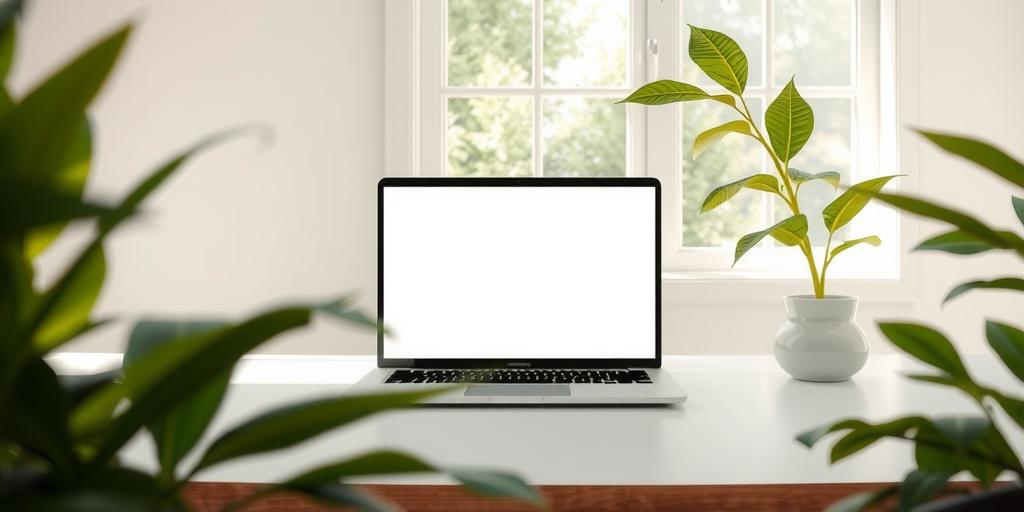
To implement minimalist web design effectively in 2025, start by prioritizing core content and calls to action that directly support user goals. Remove any elements that don’t add clear value to keep the interface straightforward. Limit font usage to two or three complementary styles to maintain readability and avoid visual clutter. Consistency is key: maintain uniform spacing, color schemes, and element styles throughout the site to create a cohesive experience. Optimize images by compressing them and serving responsive versions to ensure fast load times, especially important for mobile users. Avoid overusing effects like heavy shadows, gradients, or animations that can distract from the content’s main message. Keep navigation simple and predictable with clear menus or hamburger icons, reducing cognitive load for visitors. Test your design across multiple devices and browsers to ensure the minimalist feel remains intact everywhere. Use analytics and user feedback to iteratively refine the design, removing unnecessary elements as you learn more about user behavior. Structure your code and assets for easy maintenance and scalability, avoiding complexity that contradicts minimalist principles. Finally, document your design decisions clearly to help maintain consistency and guide future updates as the site evolves.
Challenges in Balancing Minimalism and Functionality
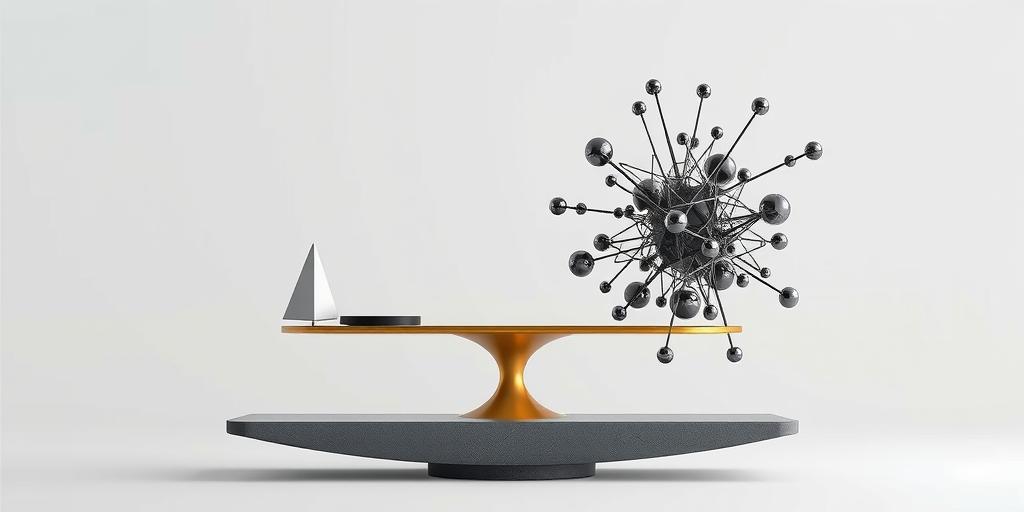
Striking the right balance between minimalism and functionality remains one of the toughest challenges in modern web design. Minimalist layouts aim to reduce clutter and focus user attention, but this can make it difficult to present complex or detailed information without overwhelming the interface. Designers often struggle to include all necessary features without compromising the clean look that minimalism demands. Another common issue is avoiding a sterile or cold feel; minimalist sites can sometimes seem impersonal unless brand personality is thoughtfully woven in through subtle color choices, typography, or micro-interactions. Accessibility is also a critical concern: minimal designs must ensure that keyboard navigation, screen readers, and sufficient color contrast are fully supported. Overly sparse layouts risk hiding content or confusing navigation paths, which frustrates users and reduces engagement. Meanwhile, users expect interactive and dynamic experiences, even on minimalist sites, so designers must carefully add animations or clickable elements without cluttering the page. Client or stakeholder requests for extra content or flashy features can further complicate this balance, requiring clear communication about what serves the user best. Finally, it’s important to remember that minimalism should not sacrifice site speed or responsiveness; visual appeal and technical performance must work hand in hand to deliver a smooth, accessible experience that meets evolving standards and user needs.
Inspiring Examples and Future Directions for 2025

In 2025, minimalist web design continues to push boundaries with ultra-clean interfaces that prioritize bold, clear calls to action. Sites often use immersive, large-scale typography paired with minimal imagery, creating a striking visual impact without overwhelming the user. A growing trend is the integration of voice user interfaces combined with simple visual cues, enabling hybrid interactions that feel natural and intuitive. Sustainability is also a key focus: designers emphasize reduced data usage and eco-friendly hosting to create greener web experiences. Examples of layered minimalism showcase subtle depth and tactile feel through soft shadows and overlapping elements, adding sophistication without clutter. Many modern sites seamlessly switch between dark and light modes, maintaining a consistent minimal style that adapts to user preferences. Animated micro-interactions engage users gently, providing feedback and delight while preserving visual simplicity. Asymmetrical layouts break traditional grids but keep balance, lending a fresh, dynamic look to minimal designs. AI tools increasingly support designers by generating personalized minimalist content layouts tailored to user behavior. Finally, progressive web apps combine minimalist UI with app-like speed and offline capabilities, delivering smooth, efficient experiences. These directions suggest minimalist design in 2025 is not just about less, but about smarter, more engaging, and responsible digital spaces.
Frequently Asked Questions
1. How does minimalist web design affect user experience in 2025?
Minimalist web design improves user experience by reducing clutter and focusing on essential content. It makes pages load faster, simplifies navigation, and helps users find what they need without distractions, which is especially important as web standards continue to emphasize speed and accessibility.
2. What are the key elements to focus on when creating a minimalist website today?
Key elements include clean layouts, ample white space, limited color palettes, and simple typography. Prioritizing content hierarchy and removing unnecessary features also helps maintain clarity and purpose, ensuring the design is both visually appealing and functional.
3. How can minimalist design improve website SEO in 2025?
Minimalist design typically leads to faster load times and better mobile performance, both important SEO factors. Clear content structure helps search engines understand your site better, while reduced complexity decreases technical errors that could harm rankings.
4. What challenges might arise when adopting minimalist web design, and how can they be overcome?
Challenges include ensuring the site doesn’t look too sparse or lack personality, and making sure users still find all necessary information. Overcoming these requires thoughtful balance, using visuals and whitespace effectively, focusing on meaningful content, and testing usability to maintain engagement without extra clutter.
5. How is minimalist design evolving with new web technologies in 2025?
Minimalist design is integrating advanced tools like AI-driven personalization and interactive micro-animations that enhance user interaction without adding clutter. Developers use modern frameworks to optimize performance while keeping the design sleek, adapting minimalism to be more dynamic and user-focused while maintaining simplicity.
TL;DR Minimalist web design in 2025 focuses on simplicity, purposeful content, and clean visuals with enhanced whitespace and limited color palettes. Key trends include neumorphism, dynamic minimalism, dark mode, and bold typography. Prioritizing fast load times, accessibility, and mobile-first design ensures a smooth user experience. Tools like CSS Grid, variable fonts, and AI-assisted design support modern minimalist sites. Best practices stress content prioritization, consistency, and testing, while challenges involve balancing minimalism with functionality and brand personality. Looking ahead, minimalist design will emphasize ultra-clean layouts, immersive typography, voice UI, and sustainable web practices to meet evolving user needs.

